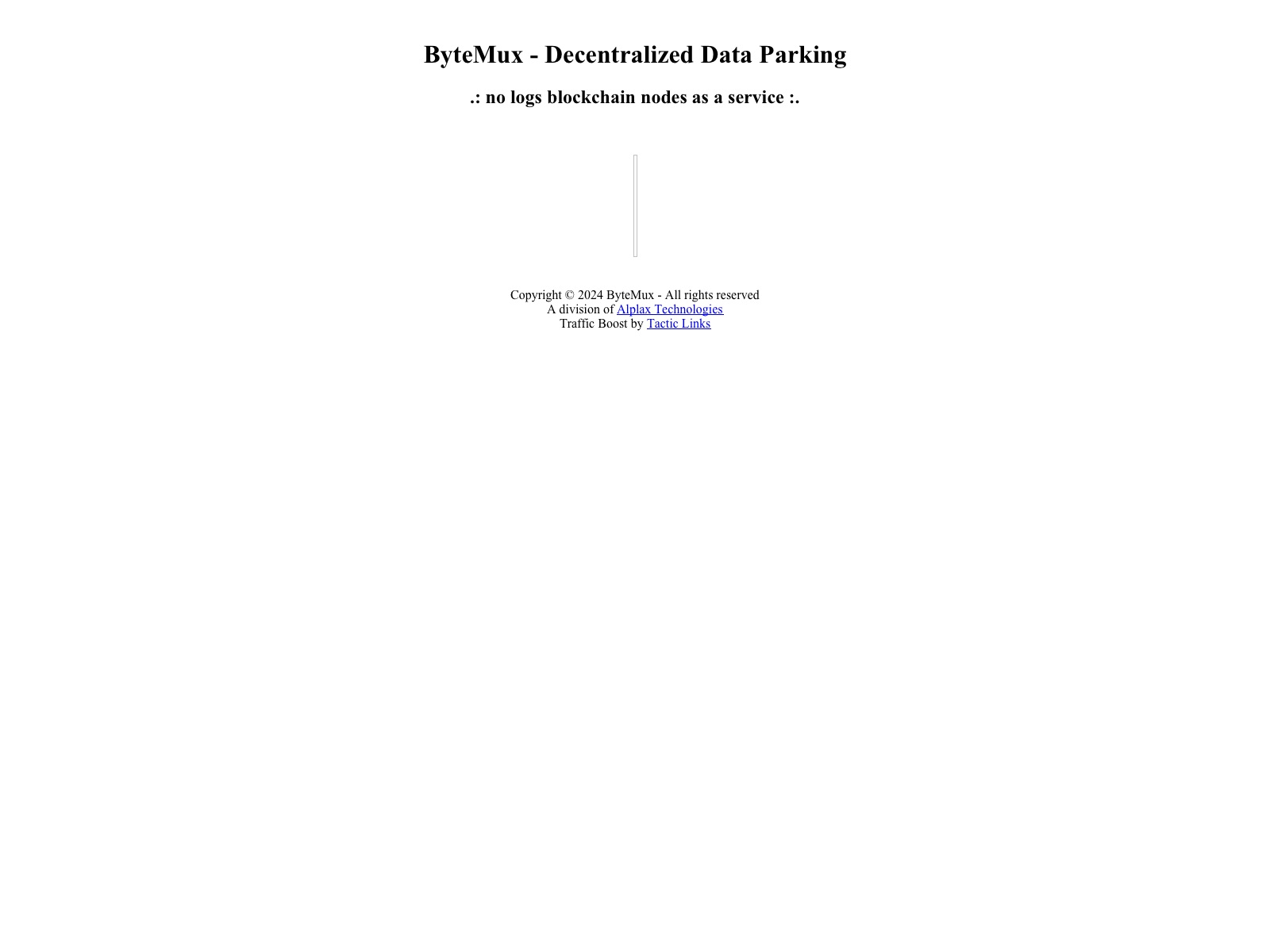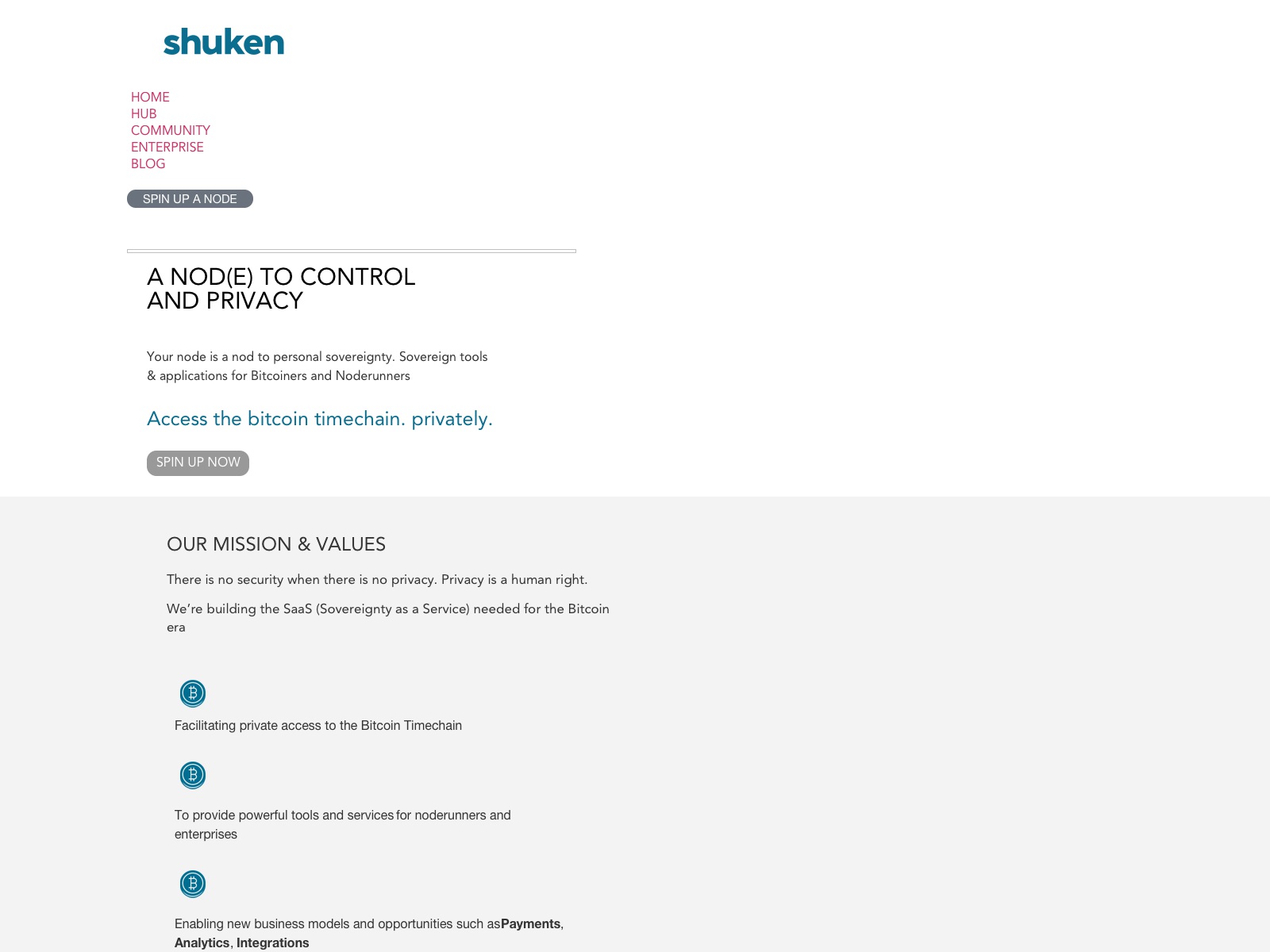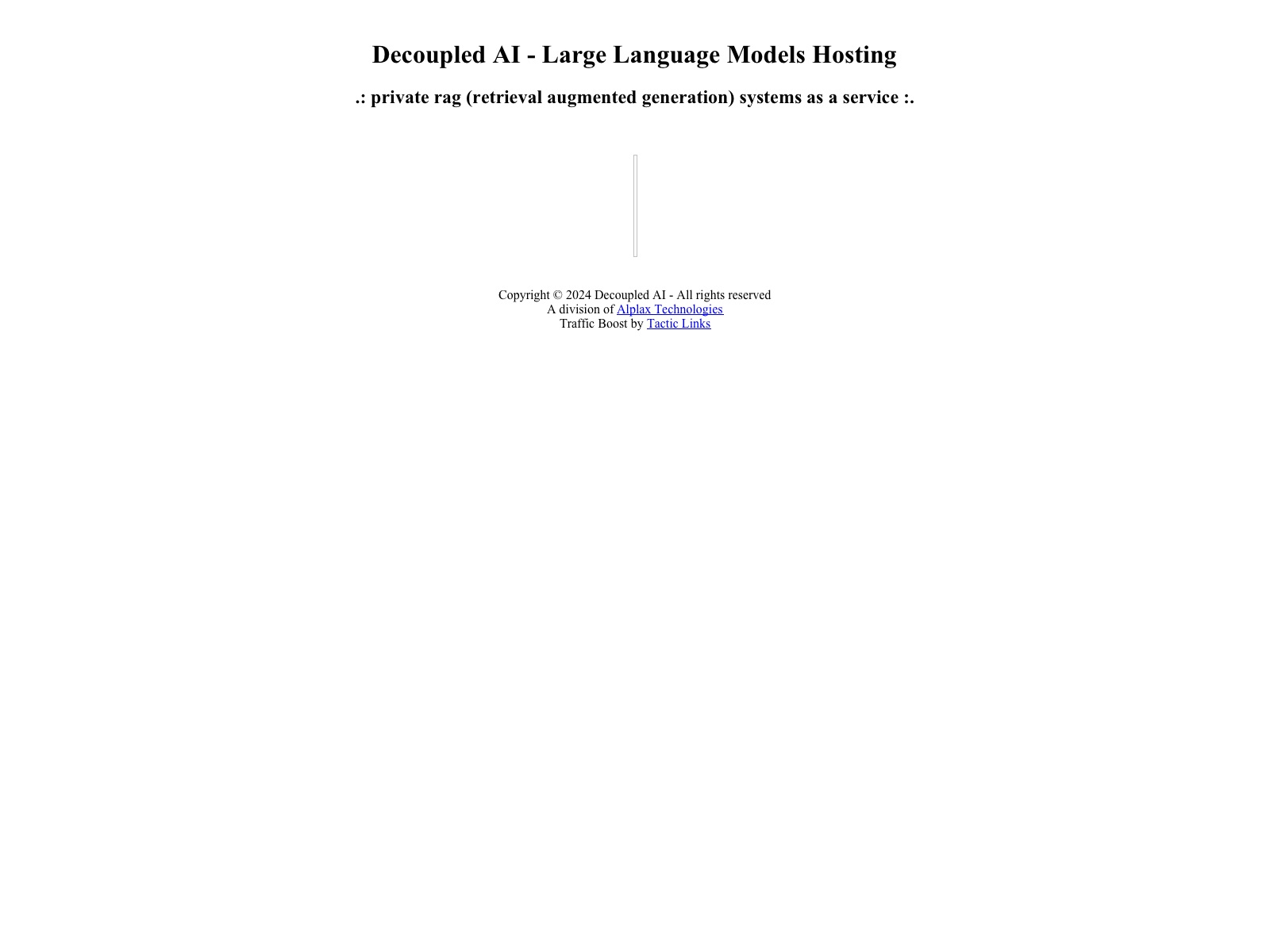Tactic Links - Organic Traffic Booster - Home
|
Path: Home > List > Load (sfbos.org) |
Home | About | List | Rankings | Search | Submit |
| domain | sfbos.org |
| summary | ### What is a computer network? A computer network is a collection of devices that are connected together by communication channels, enabling the sharing of resources and data between them. It allows for communication and collaboration among different computers or systems. ### What are the different types of computer networks? 1. Local Area Network (LAN): A LAN connects devices within a small area such as an office or home, typically using Ethernet cables or Wi-Fi. 2. Wide Area Network (WAN): A WAN spans large geographical distances and may use multiple technologies for connection, such as satellite links, phone lines, or fiber optics. 3. Metropolitan Area Network (MAN): MANs cover a city or metropolitan area, often using the same technology as a WAN. 4. Personal Area Network (PAN): A PAN connects devices within a person's immediate proximity, like a Bluetooth headset connected to a phone. 5. Campus Area Network (CAN): CANs cover an entire campus or university, connecting multiple buildings and devices together. 6. Storage Area Network (SAN): SANs are specialized networks used for storage management and data backup in large organizations. ### What is the difference between TCP/IP and IPX/SPX? TCP/IP (Transmission Control Protocol/Internet Protocol) is a suite of protocols that define how data should be transmitted over the internet. It consists of two main parts: IP, which determines where the data needs to go, and TCP, which ensures the data gets there reliably. IPX/SPX (Internetwork Packet Exchange/Sequenced Packet Exchange) is a similar protocol used by Novell NetWare operating systems. It was primarily designed for use in LANs but could also be used in WAN environments. IPX ensures reliable delivery of data and provides error correction capabilities. ### How do routers function? Routers are networking devices that connect different networks together, allowing data to move between them. They use a routing table to determine the best path for sending packets of data based on their destination address. Routers can also perform network address translation (NAT), which allows multiple devices to share a single public IP address. ### What is a firewall? A firewall is a security device that monitors and controls incoming and outgoing network traffic based on predefined rules. It acts as a barrier between a trusted internal network and an untrusted external network, protecting against unauthorized access or malicious activity. Firewalls can be hardware-based, software-based, or both. ### What is a switch? A switch is a networking device that connects devices within a local area network (LAN). It functions by receiving incoming data packets and rebroadcasting them on the appropriate port to reach their destination device. Switches can operate at different layers of the OSI model, including Layer 2 (data link), Layer 3 (network), or Layer 4-7 (transport and application). ### What is a hub? A hub is an older type of networking device that connects multiple devices together within a LAN. It functions by repeating incoming data packets to all connected devices, which can cause network congestion if there are many devices connected or if the data being transmitted is large in size. Hubs operate at Layer 1 (physical) and Layer 2 (data link) of the OSI model. ### What is a modem? A modem is a device that converts digital signals into analog signals for transmission over telephone lines or other mediums, such as cable or satellite connections. It allows computers to connect to the internet by translating data from their native format into a format suitable for transmission across these mediums and vice versa upon receiving the data at its destination. ### What is the difference between MAC and IP addresses? A MAC (Media Access Control) address is a unique identifier assigned to each device connected to a network, typically at the time of manufacturing. It operates at Layer 2 of the OSI model and remains constant regardless of the device's location on the network. An IP (Internet Protocol) address is another unique identifier assigned to devices connected to the internet or local networks. It operates at Layer 3 of the OSI model and can change depending on where a device is located within the network. There are two versions of IP addresses: IPv4 and IPv6, each with different formats and ranges. ### What is DNS? DNS (Domain Name System) is a distributed database that translates human-readable domain names into numeric IP addresses used by computers to locate and identify each other on the internet. It helps users access websites and resources more easily without having to remember their IP addresses directly. |
| title | Board of Supervisors | |
| description | Board of Supervisors | |
| keywords | information, board, district, meeting, request, legislation, public, notices, city, meetings, county, supervisor, clerk, commission, supervisors, search, boards |
| upstreams | |
| downstreams | |
| nslookup | A 18.154.41.2, A 18.154.41.121, A 18.154.41.72, A 18.154.41.8 |
| created | 2024-02-14 |
| updated | 2024-10-21 |
|
HIGHSPOTS | |
 tacticlinks.com | |
 cluebit.com | |
 bytemux.io | |
 shuken.io | |
 decoupled.ai | |
 lhapsus.xyz | |
 3e9.me |
A division of Alplax Technologies | Traffic Boost by Tactic Links
[took: 4096 ms]